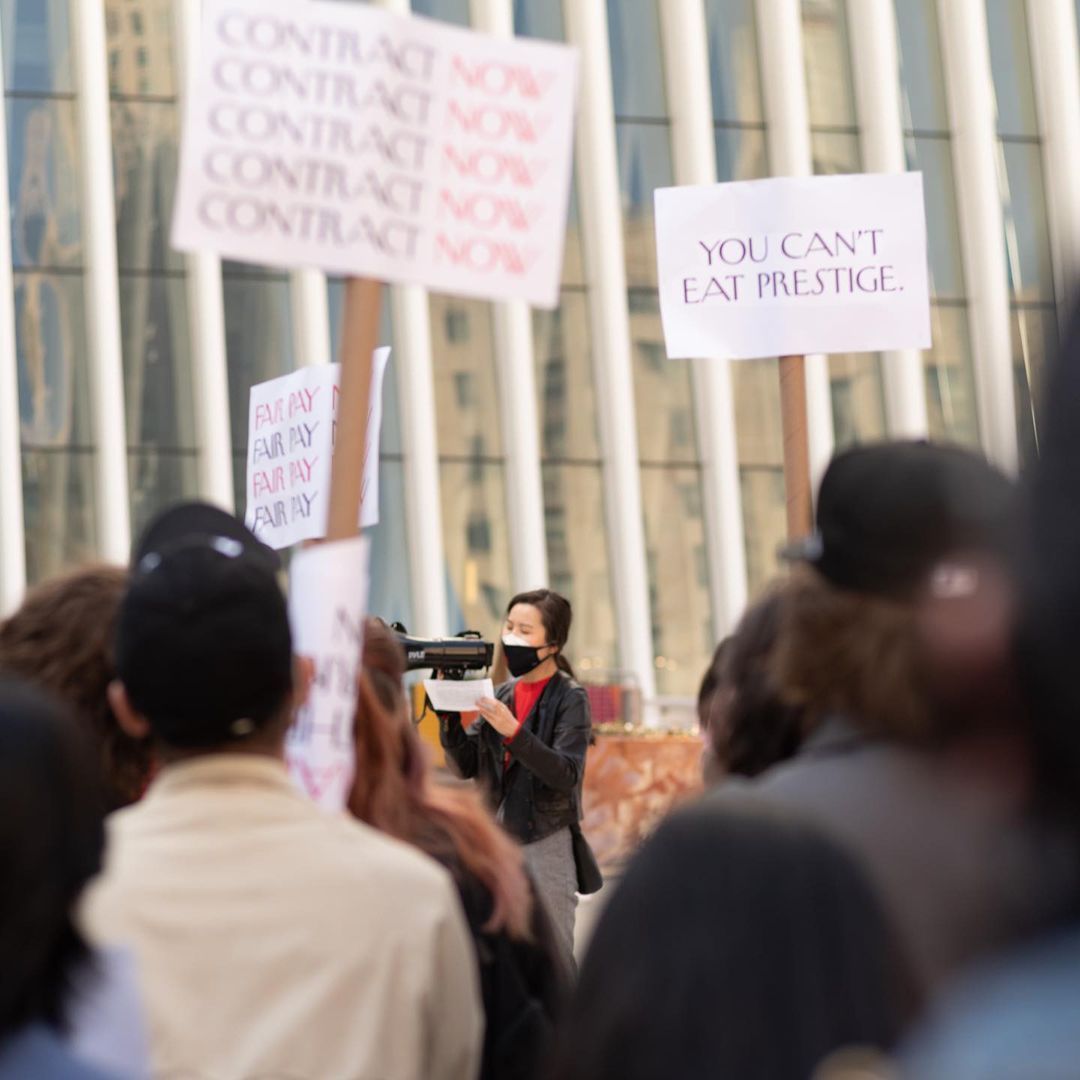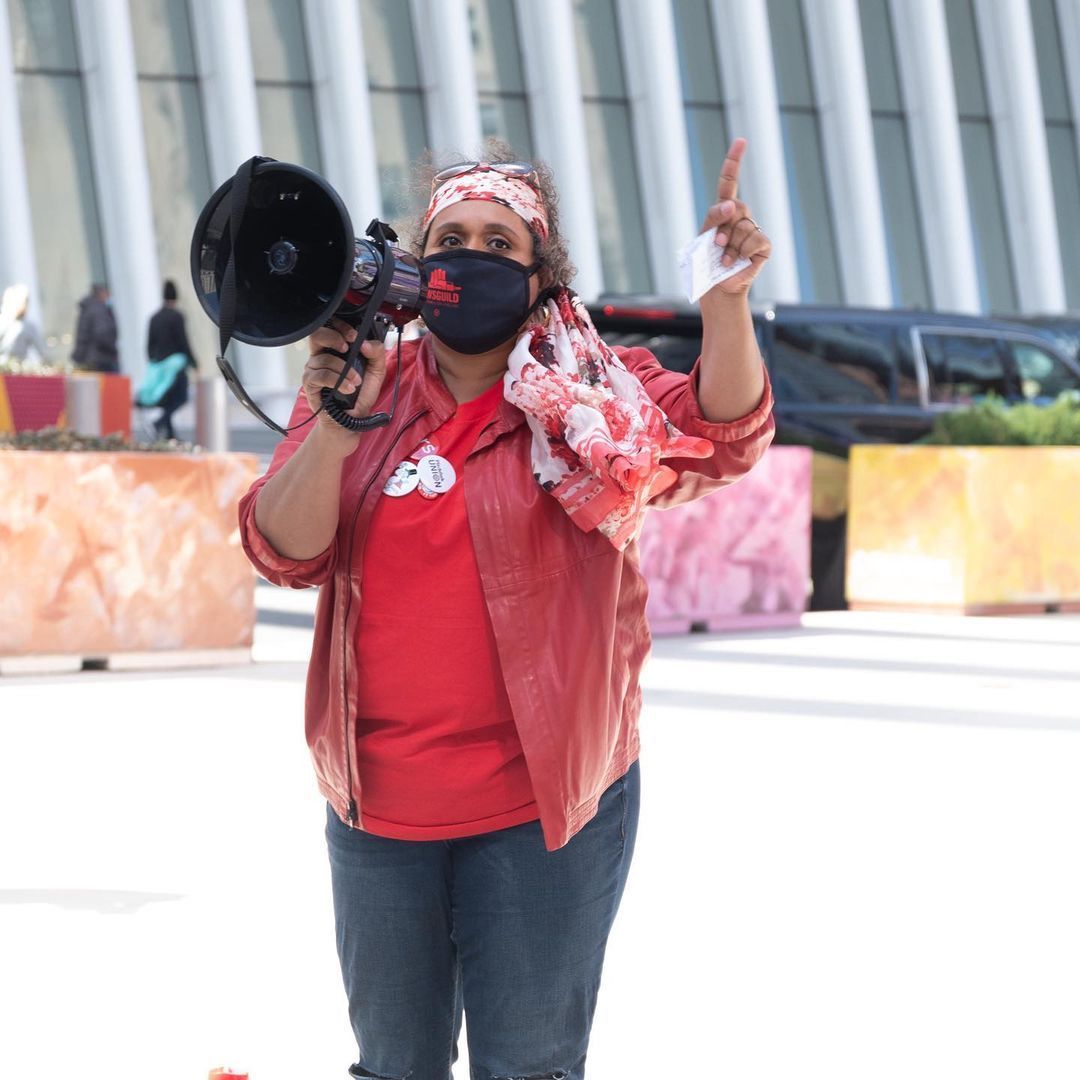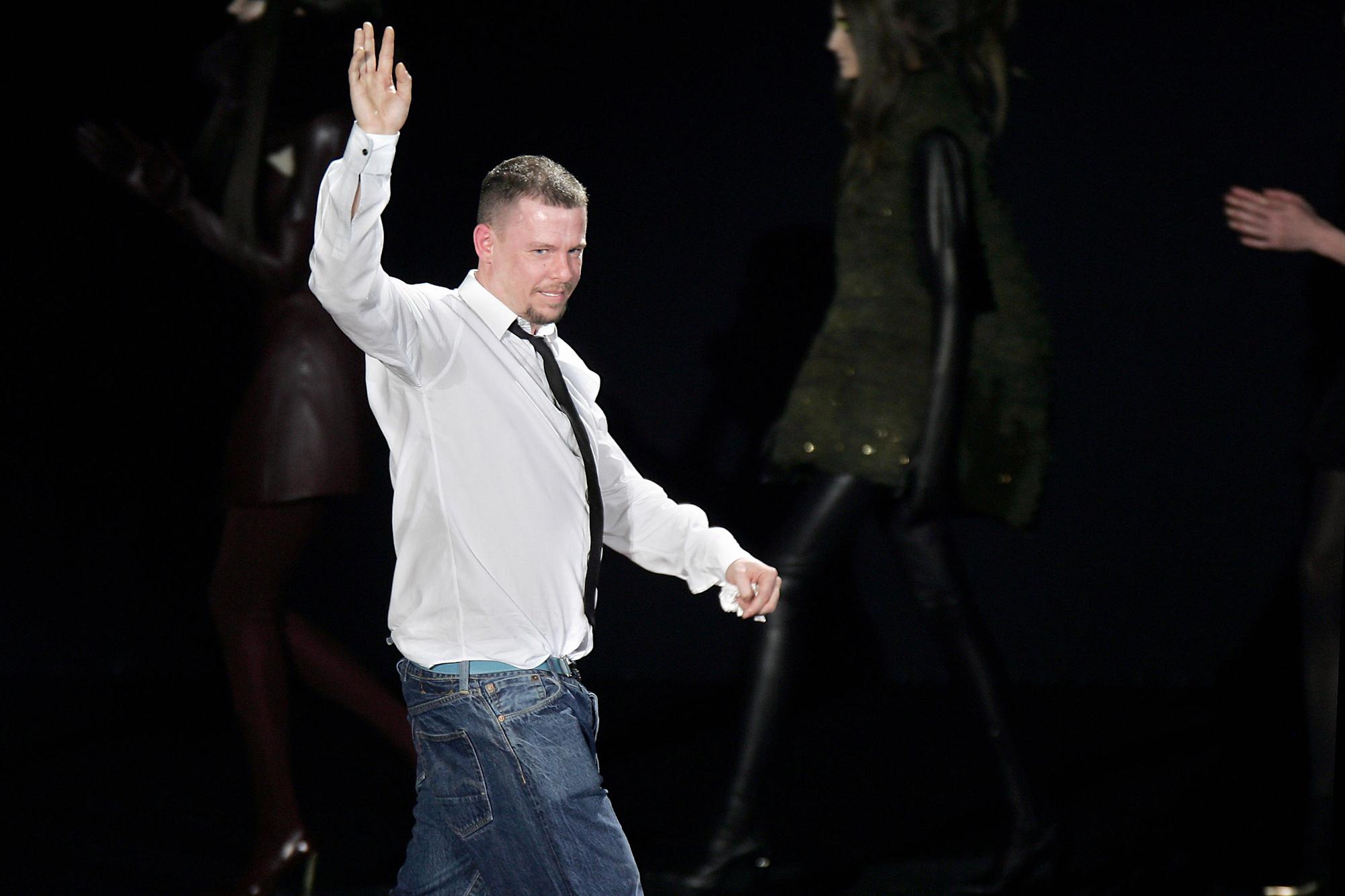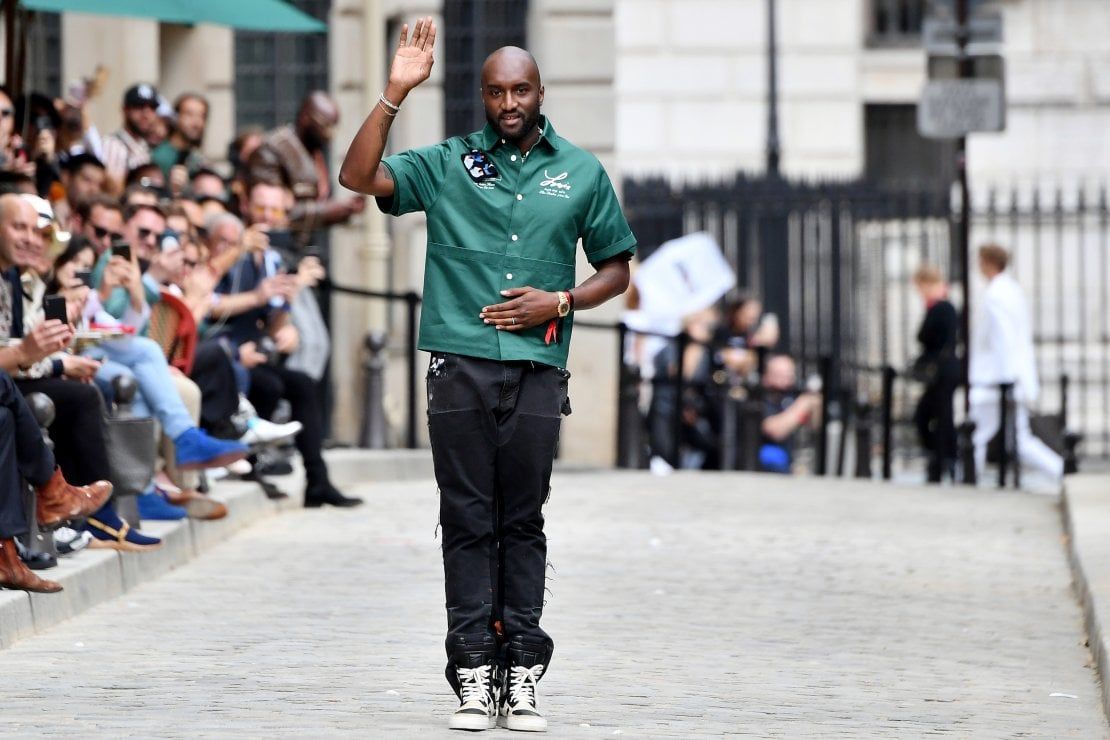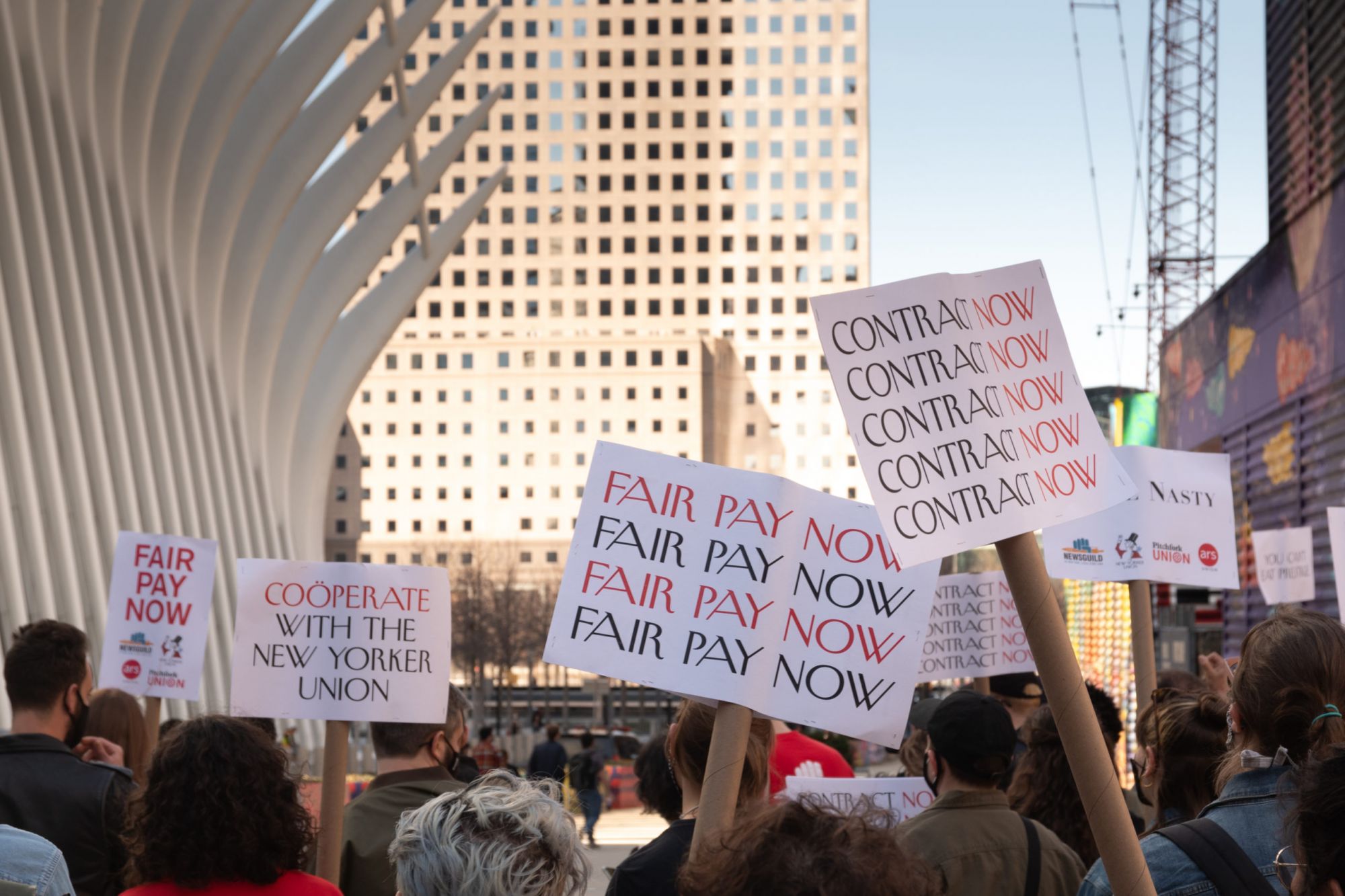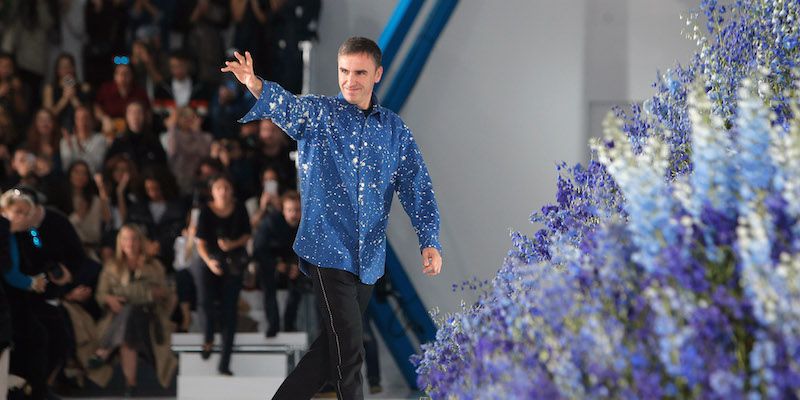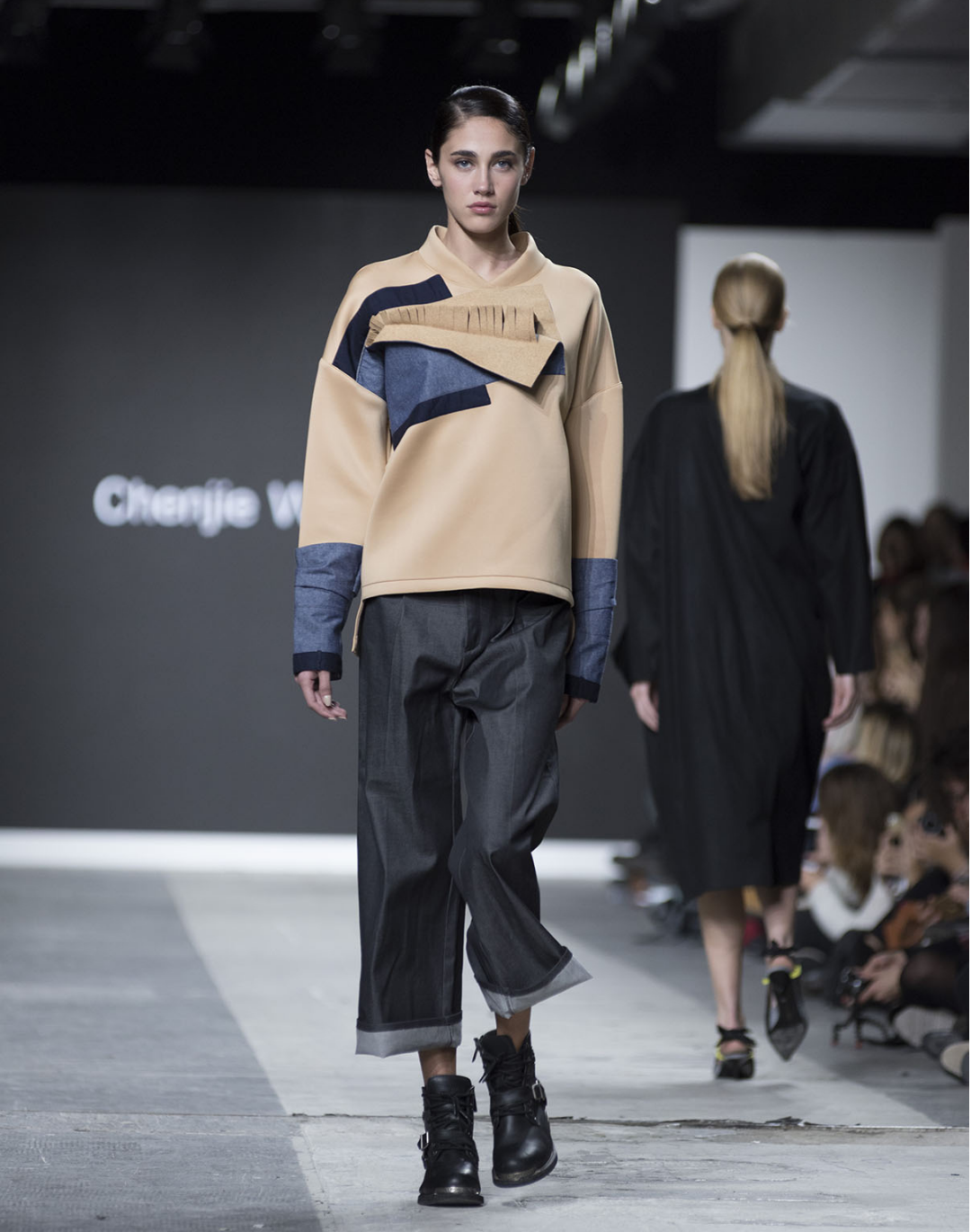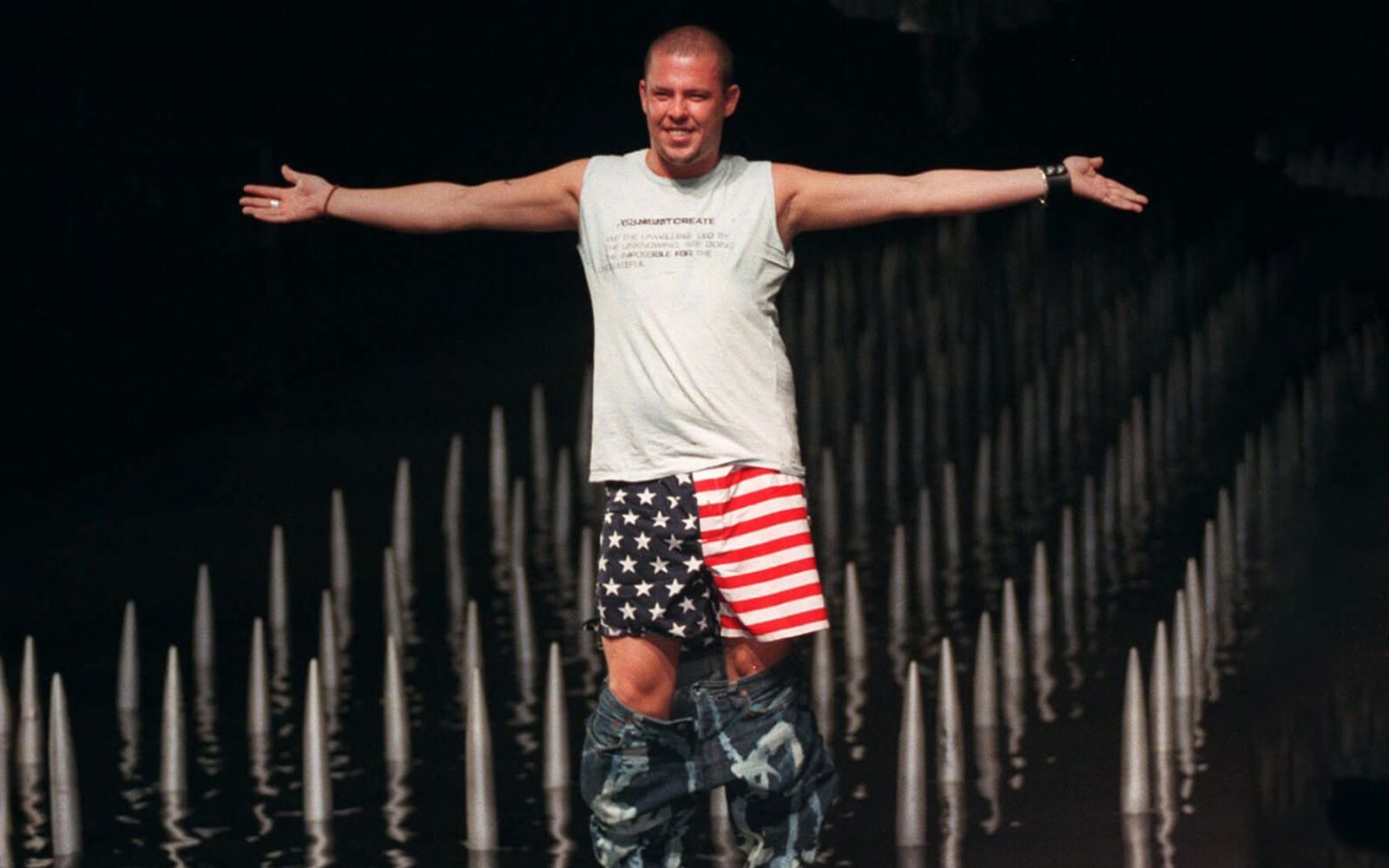
How do we talk about mental health in fashion? From Alexander McQueen to the protests of Condé Nast employees in a fashion system to be refounded
Never before has the world of professional sport had to deal with the humanity of its athletes as in recent months. If in many ways we have always been used to seeing a sportsman as a figure available for our entertainment, that circus mentality has clashed and shattered against the stances of Naomi Osaka first and Simone Biles then. If sport seems to be beginning to understand the extent of the problem, the fashion world has been playing a perverse and self-defeating game for years in which the maximum effort seems to be to keep hiding the problem under the rug until it reappears in the form of a new statement. During his time as Creative Director of Dior Raf Simons had expressed himself several times on the stress and pressure derived from the rhythms required to build six shows a year, while only a few years ago Virgil Abloh had publicly declared that he wanted to slow down the pace of work. which at the time included eight international flights in a single week.
Although the suicides of Alexander McQueen in 2010 and Kate Spade eight years later had already helped to turn the spotlight on the harmful dynamics of the fashion system, the entire fashion world has never treasured past experiences to imagine a more human and mentally future. sustainable. From here, from sustainability, perhaps the best example comes to understand the rhythms of a world that, despite talking about green and sustainability for years, has only recently begun to truly face the commitment to change a wrong production system. In the early stages of the pandemic Giorgio Armani had made an appeal to his colleagues in an attempt to reduce waste and consumption, hoping for a world of fashion that is less hectic than the one we are used to knowing. More than a year later, Armani's letter seems to have fallen on deaf ears, leaving the entire movement in a state of almost perennial stasis that spares no one. For every Virgil Abloh and Raf Simons there are in fact dozens of employees, subjected to part of the great fashion cog, forced to submit and endure daily situations and conditions far worse than those of their superiors.
In a 2019 BOF article Scott Da Silva talked about his experience as a young designer at Dolce & Gabbana describing it with the phrase "it was sink or swim" to describe an environment in which employees were pitted against each other. in an imaginary arena where the winner would keep their job intact. The story of Da Silva, who then left D&G in 2011, highlights another side of the fashion industry, that behind the scenes that hardly reaches the front pages as a statement from a creative director but which is made up of dozens, if not hundreds, of similar stories. If fashion is a world in which it is difficult to emerge, for too long junior employees have tolerated economically and mentally precarious working conditions to pursue the dream of a world very different from the one imagined. Despite the lawsuits and battles waged in recent years, the recent protest by Condé Nast employees for fairer wages or the lawsuit against The Row forced to pay over $140,000 to its 185 interns are further proof of how the situation , also thanks to the aforementioned exaggerated rhythms of the fashion system, struggling to find a solution. “If people had greater financial stability they would not be forced into jobs they would normally refuse. This is why this attitude is tolerated in so many cases, because people are too scared of losing their jobs," Kristina Romanova, model and co-founder of Humans of Fashion, a pro bono studio offering legal and psychological support for fashion workers, told to BOF.
What Romanova said is obviously true and is part of a model in which the rhythms and frenzies of the fashion system cascade from the top of the pyramid to the base, ending up crushing the weakest class of workers, those who, in addition to living in the most total economic instability for the "love of fashion" very often seem forced to fight to have basic rights recognized. "A million girls would kill for your job" was heard saying Anne Hathaway in The Devil Wears Prada, a partially ironic tale of a world that has now become part of TikTok's For You Pages in which you depend, and in many cases ex, tell stories of toxic workplaces and far removed from those dreamed of by any new graduate ready to pursue the dream of a place in fashion that matters. While some companies have begun to set up psychological support programs for their employees, others seem not to understand that productivity and efficiency come first and foremost from the mental well-being of their employees. In the long and complicated struggle for workers' rights, fashion still seems to be far behind.











































